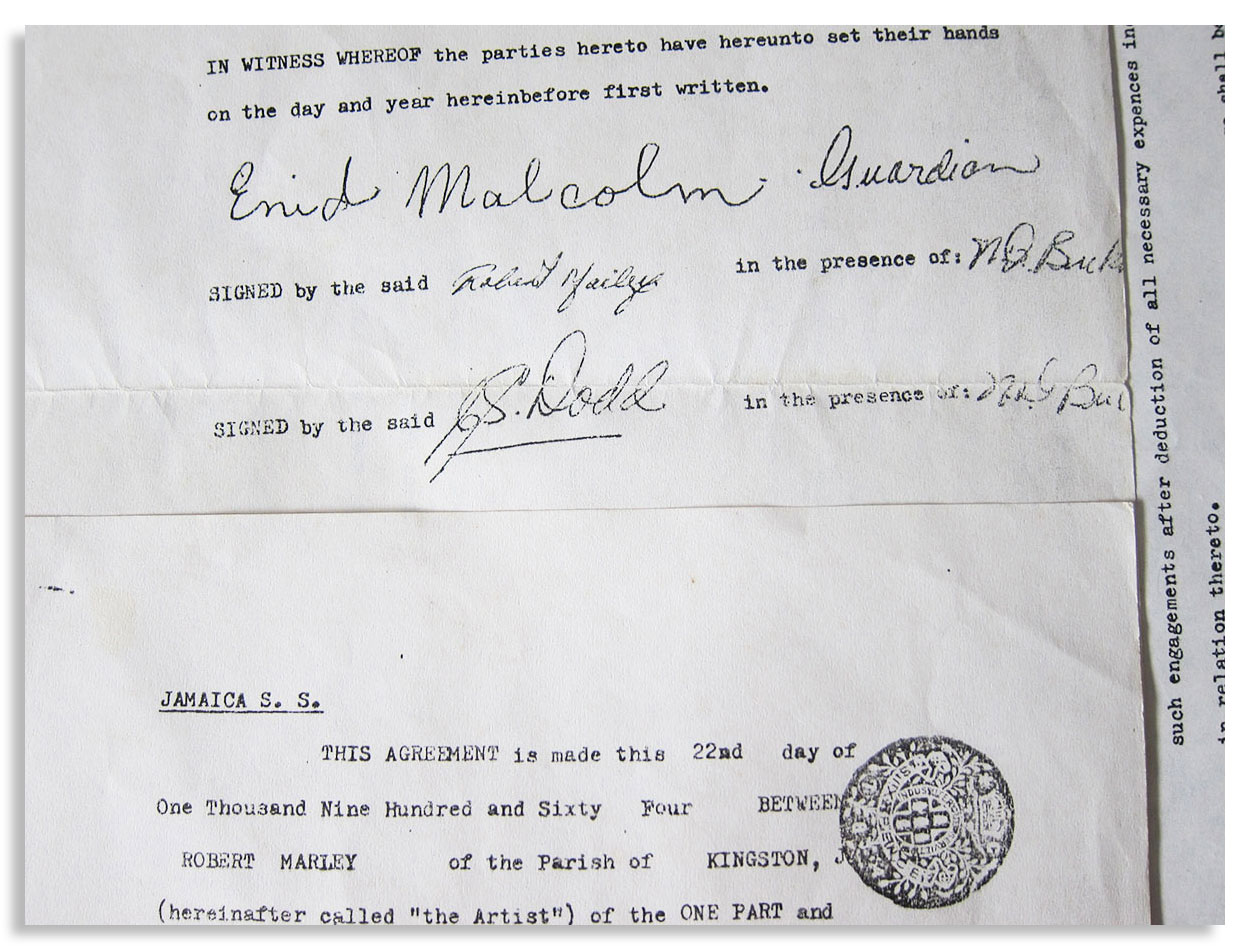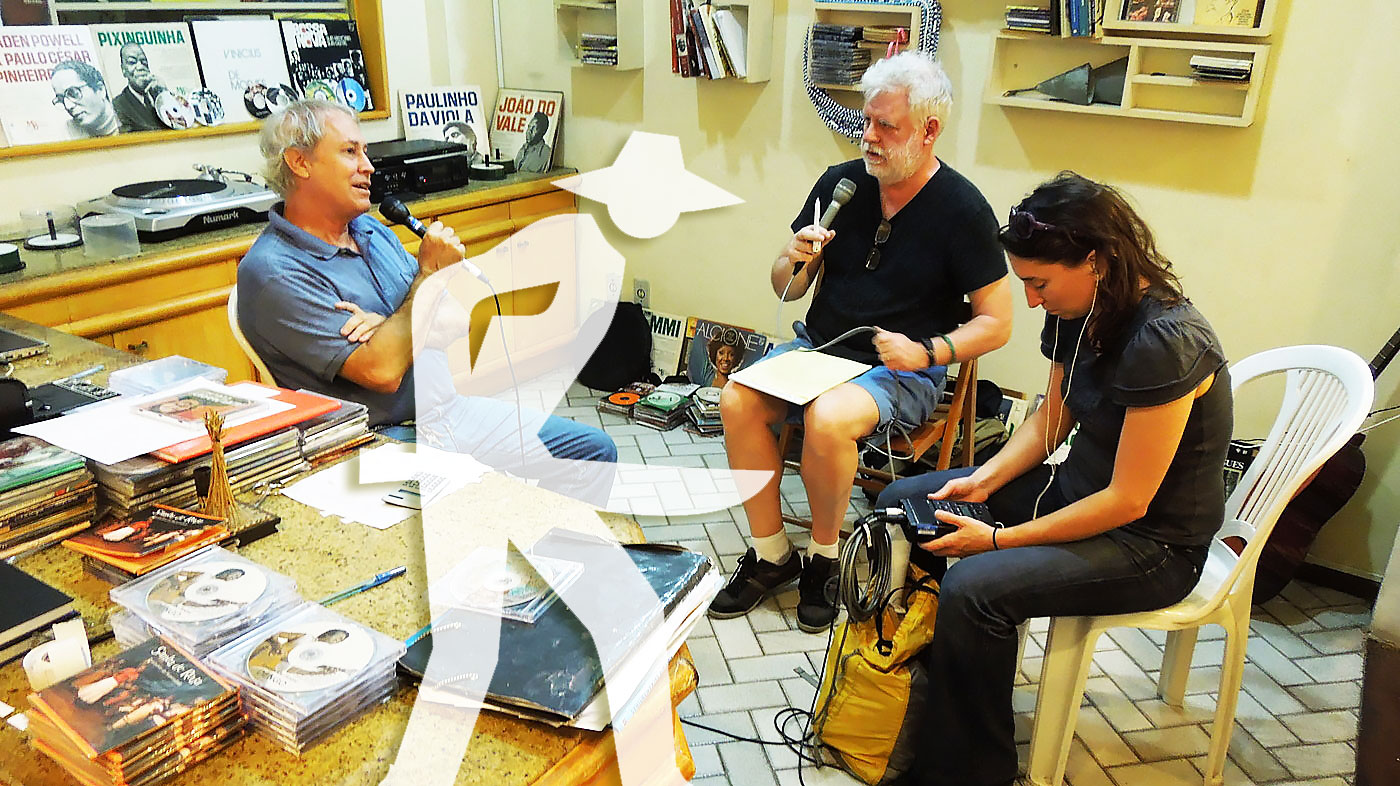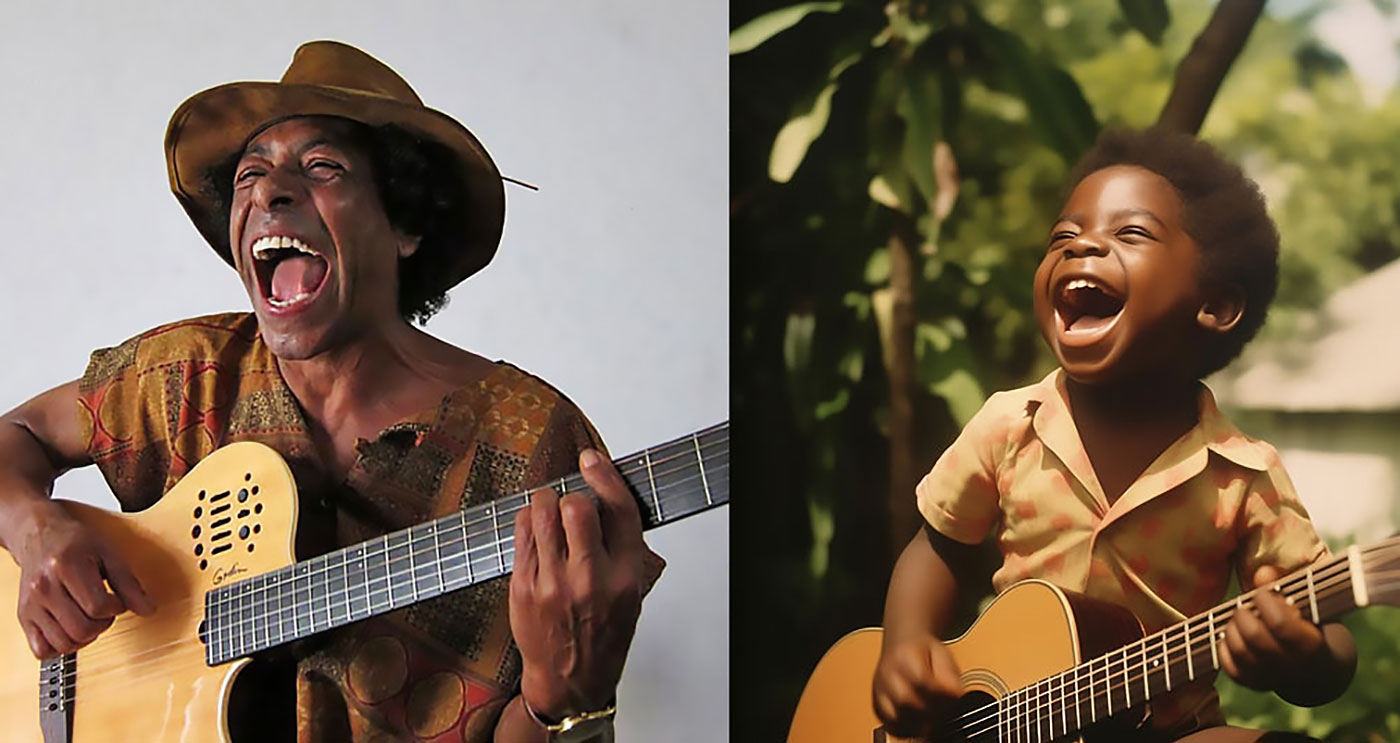CURATION
- from this page: by Augmented Matrix
Network Node
- Name: Lenine
- City/Place: Recife, Pernambuco
- Country: Brazil
Life & Work
-
Bio:
Não é sem razão que Lenine se diz um cantautor: o artista que canta suas próprias composições, ou – como faziam os trovadores do século 12 – transforma em versos as questões, os amores e as sagas de seu tempo. Histórias à base de palavra e música: elementos que, para ele, andam juntos desde sempre. Ou melhor, desde o berço, no Recife, onde começa – em 2 de fevereiro de 1959 – a história de Oswaldo Lenine Macedo Pimentel. Menino do bairro da Boa Vista que vai crescer brincando de caçar caranguejo nos manguezais e pegar jacaré nas ondas da Boa Viagem. São daqui suas primeiras referências musicais: Ângela Maria, Cyro Monteiro, Bach, Chopin, Jackson do Pandeiro, Miltinho, o embolador paraense Ary Lobo e Dorival Caymmi – com o inesquecível “Canções praieiras”.
Já a paixão pelo rock vem por conta própria, turbinada por suas descobertas de Led Zeppelin, The Police e Frank Zappa, entre outros. Até que conhece o álbum “Clube da Esquina” (Milton Nascimento e Lô Borges, 1972) e, com ele, traz o Brasil de volta a seu universo musical. Depois de tentar o aprendizado formal no Conservatório de Pernambuco (1974), é por suas próprias mãos que vai se encontrar na música e tornar seu violão um meio de expressão – instrumento que, inicialmente, tem o papel de ajudá-lo a vencer a “dificuldade de lidar com pessoas” e, no futuro, será uma das marcas de sua singularidade. Com a vocação artística em ebulição (e as participações nos conjuntos Flor de Cactus e Nós & Voz), aproveita um jantar de família para comunicar sua decisão de abandonar o curso de Engenharia Química na Universidade Federal de Pernambuco, a um ano da formatura. A resposta do pai surpreende e pesa sobre seus ombros na mesma medida: “E por que demorou tanto?”
O festival MPB Shell, em 1981, é só o primeiro passo da vida de Lenine no Rio de Janeiro, onde se estabelece na Casa 9: uma casa de vila em Botafogo em que vive e é frequentada por companheiros de geração que corriam atrás do mesmo sonho, entre eles o pernambucano Lula Queiroga e os paraibanos Bráulio Tavares, Ivan Santos, Pedro Osmar, Fuba, Tadeu Mathias e julio lurdemir. Deste bunker criativo sairão composições diversas (frutos de todas as combinações possíveis entre os amigos/conterrâneos) e a ideia de uma temporada no Teatro Ipanema, para mostrar a produção da turma em shows à meia-noite. O produtor Roberto Menescal aprova o que vê e o resultado é o 1º disco de Lenine: “Baque solto” (1983), feito em parceria com Lula Queiroga. Nessa época, começa a aparecer na cena alternativa carioca e compõe sambas para o bloco de rua Suvaco de Cristo. Período em que a vida lhe sorri amarelo e que, enquanto o reconhecimento não vem, a segurança é a família, neste caso a produtora de TV Anna Barroso: sua mulher e mãe/madrasta de seus três filhos e futuros parceiros: João Cavalcanti, Bruno Giorgi e Bernardo Pimentel.
A virada vem com o álbum “Olho de peixe” (1993), que registra o encontro de Lenine com o percussionista Marcos Suzano e se torna o cartão de visitas nas primeiras turnês pelo exterior. O som pop e híbrido de sua música vai se consolidar nos três álbuns seguintes: primeiro, “O dia em que faremos contato” (1997). Depois é a vez do álbum “Na pressão” (1999). Já “Falange canibal” (2002) rende a ele o 1º prêmio de expressão: o Grammy Latino (Melhor Álbum Pop Contemporâneo Brasileiro), que voltará a ganhar – na mesma categoria – com os dois álbuns seguintes: os CDs/DVDs ao vivo “Lenine in Cité” (2004) e “Acústico MTV” (2006). As canções “Martelo Bigorna” e “Ninguém faz ideia” levaram os prêmios de “Melhor Música Brasileira”, num total de cinco prêmios Grammy Latino em sua carreira. Lenine ganhou ainda doze Prêmios da Música Brasileira e 2 APCA (Associação Paulista de Críticos de Arte).
A experiência de compor balés para a companhia de dança Grupo Corpo – “Breu” (2007) e “Triz” (2013) – faz com que Lenine subverta a concepção de seus discos: em vez de reunir composições prontas num álbum, como nos três discos anteriores, ele passa a definir primeiro o conceito para, em seguida, compor cada uma das faixas, como capítulos de um romance. O disco de 2008, por exemplo, parte da paixão de Lenine pelas orquídeas, sendo batizado com o nome de uma espécie do nordeste brasileiro: “Labiata”. Já no álbum “Chão” (2011), 1º produzido por seu filho Bruno Giorgi (com Jr. Tostoi e o próprio Lenine) agrega à música sons do cotidiano: seja de uma chaleira, de um canarinho, de uma cigarra ou de uma máquina de lavar roupa. A nova trilogia se fecha com “Carbono” (2015), no qual se reconecta a suas raízes pernambucanas.
Os passos seguintes se dão na Holanda, onde é feito o CD/DVD “The bridge – Lenine & Martin Fondse Orchestra – Live at Bimhuis” (2016), e no Rio de Janeiro, onde seu 13º disco de carreira traz no nome – “Em trânsito” (2018) – uma boa síntese do fazer artístico de Lenine: cantautor a caminho das próximas trovas, de novas reflexões e olhares sobre seu tempo. Caminhada de destino imprevisível, mas com pelo menos uma certeza: a de que nosso cantautor estará fazendo música livre, sem adjetivos, no exercício constante de se reinventar a cada novo trabalho.
Contact Information
-
Management/Booking:
Contato para Shows
Mameluco produções
(21) 2220-3709
[email protected]
Imprensa / Mídias Digitais
[email protected]
Editora - Mameluco Edições
[email protected]
Media | Markets
- ▶ Twitter: lenineoficial
- ▶ Instagram: lenine
- ▶ Website: http://www.lenine.com.br
- ▶ YouTube Channel: http://www.youtube.com/user/Lenineoficial
- ▶ YouTube Music: http://music.youtube.com/channel/UCxUy9ZnTK3Lj6s1upr28wNg
- ▶ Spotify: http://open.spotify.com/album/39c5PIJIODyKtlhGNbfWsz
- ▶ Spotify 2: http://open.spotify.com/album/18gEdE7EJMpVeBCSDZgOdG
- ▶ Spotify 3: http://open.spotify.com/album/0qPXzuCfK9ZboZ9LvgTa9I
- ▶ Spotify 4: http://open.spotify.com/album/3MUXEY30LY3eRP1GeKBx7t
- ▶ Spotify 5: http://open.spotify.com/album/0CdDZVvdv7OJ5e2xMj5jmO
- ▶ Spotify 6: http://open.spotify.com/album/464SZoogrWpjVuXXnLYBwp
Clips (more may be added)
-
Yusa - Tomando El Centro (Lenine In Cité)
627 views
-
Lenine - Relampiano (Lenine In Cité)
482 views
-
Lenine - Sonhei (Lenine In Cité)
535 views
-
Lenine - Caribenha Nação/Tuareguê Nagô (Lenine In Cité)
481 views
-
Lenine - Vivo (Lenine In Cité)
566 views
-
Lenine - Crença (Lenine In Cité)
671 views
-
Lenine - Anna e Eu (Lenine In Cité)
558 views
-
Lenine - O Marco Marciano (Lenine In Cité)
594 views
-
Lenine - Todos os Caminhos (Lenine In Cité)
544 views
-
Lenine - Paciência (Lenine In Cité)
591 views
-
Lenine - Todas Elas Juntas Num Só Ser (Lenine In Cité)
642 views
-
Lenine (Acústico MTV)
583 views
The Matrix is a small world network. Like stars coalescing into a galaxy, creators in the Matrix mathematically gravitate to proximity to all other creators in the Matrix, no matter how far apart in location, fame or society. This gravity is called "the small world phenomenon". Human society is a small world network, wherein over 8 billion human beings average 6 or fewer steps apart. Our brains contain small world networks...
![]() Wolfram MathWorld on the Small World Phenomenon
Wolfram MathWorld on the Small World Phenomenon
![]() Matemática Wolfram sobre o Fenômeno Mundo Pequeno
Matemática Wolfram sobre o Fenômeno Mundo Pequeno
"In a small world, great things are possible."

It's not which pill you take, it's which pathways you take. Pathways originating in the sprawling cultural matrix of Brazil: Indigenous, African, Sephardic and then Ashkenazic, European, Asian... Matrix Ground Zero is the Recôncavo, contouring the Bay of All Saints, earthly center of gravity for the disembarkation of enslaved human beings — and the sublimity they created — presided over by the ineffable Black Rome of Brazil: Salvador da Bahia.
("Black Rome" is an appellation per Caetano Veloso, son of the Recôncavo, via Mãe Aninha of Ilê Axé Opô Afonjá.)
"Dear Sparrow: I am thrilled to receive your email! Thank you for including me in this wonderful matrix."
—Susan Rogers: Personal recording engineer for Prince, inc. "Purple Rain", "Sign o' the Times", "Around the World in a Day"... Director of the Berklee Music Perception and Cognition Laboratory
"Thanks! It looks great!....I didn't write 'Cantaloupe Island' though...Herbie Hancock did! Great Page though, well done! best, Randy"
"We appreciate you including Kamasi in the matrix, Sparrow."
—Banch Abegaze: manager, Kamasi Washington
"This is super impressive work ! Congratulations ! Thanks for including me :)))"
—Clarice Assad: Pianist and composer with works performed by Yo Yo Ma and orchestras around the world
"Dear Sparrow, Many thanks for this – I am touched!"
—Julian Lloyd-Webber: UK's premier cellist; brother of Andrew Lloyd Webber (Evita, Jesus Christ Superstar, Cats, Phantom of the Opera...)
"Thanks, this is a brilliant idea!!"
—Alicia Svigals: World's premier klezmer violinist
Developed here in the Historic Center of Salvador da Bahia ↓ .
![]() Bule Bule (Assis Valente)
Bule Bule (Assis Valente)
"♫ The time has come for these bronzed people to show their value..."
Production: Betão Aguiar
MATRIX MODUS OPERANDI
Recommend somebody and you will appear on that person's page. Somebody recommends you and they will appear on your page.
Both pulled by the inexorable mathematical gravity of the small world phenomenon to within range of everybody inside.
And by logical extension, to within range of all humanity outside as well.
MATRIX (PARDAL)
I'm Pardal here in Brazil (that's "Sparrow" in English). The deep roots of this project are in Manhattan, where Allen Klein (managed the Beatles and The Rolling Stones) called me about royalties for the estate of Sam Cooke... where Jerry Ragovoy (co-wrote Time is On My Side, sung by the Stones; Piece of My Heart, Janis Joplin of course; and Pata Pata, sung by the great Miriam Makeba) called me looking for unpaid royalties... where I did contract and licensing for Carlinhos Brown's participation on Bahia Black with Wayne Shorter and Herbie Hancock...
...where I rescued unpaid royalties for Aretha Franklin (from Atlantic Records), Barbra Streisand (from CBS Records), Led Zeppelin, Mongo Santamaria, Gilberto Gil, Astrud Gilberto, Airto Moreira, Jim Hall, Wah Wah Watson (Melvin Ragin), Ray Barretto, Philip Glass, Clement "Sir Coxsone" Dodd for his interest in Bob Marley compositions, Cat Stevens/Yusuf Islam and others...
...where I worked with Earl "Speedo" Carroll of the Cadillacs (who went from doo-wopping as a kid on Harlem streetcorners to top of the charts to working as a janitor at P.S. 87 in Manhattan without ever losing what it was that made him special in the first place), and with Jake and Zeke Carey of The Flamingos (I Only Have Eyes for You)... stuff like that.

Yeah this is Bob's first record contract, made with Clement "Sir Coxsone" Dodd of Studio One and co-signed by his aunt because he was under 21. I took it to Black Rock to argue with CBS' lawyers about the royalties they didn't want to pay (they paid).
MATRIX MUSICAL
I built the Matrix below (I'm below left, with David Dye & Kim Junod for U.S. National Public Radio) among some of the world's most powerfully moving music, some of it made by people barely known beyond village borders. Or in the case of Sodré, his anthem A MASSA — a paean to Brazil's poor ("our pain is the pain of a timid boy, a calf stepped on...") — having blasted from every radio between the Amazon and Brazil's industrial south, before he was silenced. The Matrix started with Sodré, with João do Boi, with Roberto Mendes, with Bule Bule, with Roque Ferreira... music rooted in the sugarcane plantations of Bahia. Hence our logo (a cane cutter).
A Massa (do povo carente) / The Masses (of people in need)

-
Add to my PlaylistA Massa - Raymundo Sodré (7,093 plays)
-
Add to my PlaylistSina de Cantador - Raymundo So... (6,909 plays)
-
Add to my PlaylistMagnetismo - Raymundo Sodré ... (6,353 plays)
-
Add to my PlaylistSacando a Cana - Raymundo Sodr... (5,957 plays)
-
Add to my PlaylistMêrêrê - Raymundo Sodré (5,465 plays)
-
Add to my PlaylistJardim do Amor - Raymundo Sodr... (4,677 plays)
-
Add to my PlaylistDebaixo do Céu - Raymundo Sodr... (4,151 plays)
-
Add to my PlaylistDesejo de Amar - Raymundo Sodr... (3,861 plays)
-
Add to my PlaylistOração pra Yá Oxum - Raymundo ... (3,741 plays)
-
Add to my PlaylistYá África - Raymundo Sodré (3,509 plays)
-
Add to my PlaylistMeu Rio, Cadê o Papel - Raymun... (3,177 plays)
-
Add to my PlaylistCasa de Trois - Raymundo Sodré... (2,896 plays)
-
Add to my PlaylistMulher é Laço que Prende o Coração do Vaqueiro - R... (2,556 plays)





































































































































































































































































































































































































































































